Bhairahwa Airport's full potential limited by centralized visa and biometrics system
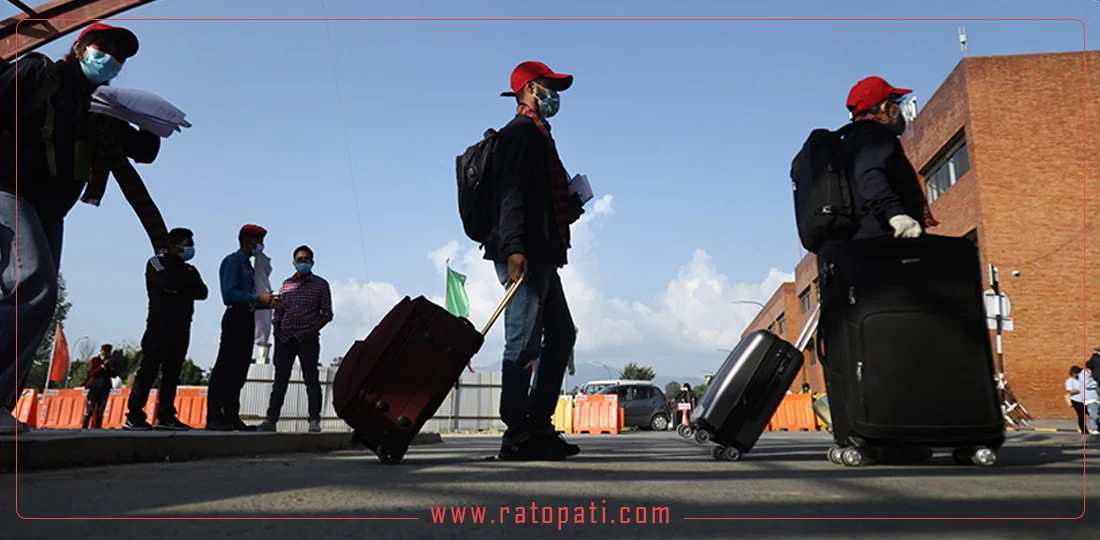
Kathmandu, November 11 — With the reduction in operational hours at Tribhuvan International Airport (TIA), activity at Gautam Buddha International Airport in Lumbini has surged. On Saturday alone, four international flights took off from the airport, and a schedule has been approved for 17 flights to depart over the coming week.
This surge in international flights has sparked excitement not only among locals but also within the Civil Aviation Authority of Nepal (CAAN). CAAN's Director-General, Pradeep Adhikari, believes that the current situation has proven the necessity and viability of a second international airport in Nepal. He said, "Those questioning the need for a second international airport in Nepal should now consider what would have happened if Gautam Buddha Airport didn’t exist."
Gautam Buddha International Airport, which had its trial flights in February 2022, had regular flights for a while after its inauguration. However, due to a lack of passengers and inadequate infrastructure, international flights struggled to sustain operations. Meanwhile, Pokhara International Airport, which began trial flights in January 2023, has yet to see any scheduled international flights, except for a few chartered services.
The increased number of international flights from Gautam Buddha Airport has left everyone optimistic. However, maintaining this growth remains a challenge. Despite TIA's operations returning to normal, many still wonder whether Gautam Buddha Airport will continue to maintain its momentum or whether the business will drop off once again.
In response to questions about the lack of promotional efforts and the slow start to the airport’s operations, the CAAN has emphasized that the absence of flights earlier on was due to regulatory policies that restricted international flights from landing in Kathmandu if they did not also fly to/from Bhairahwa.
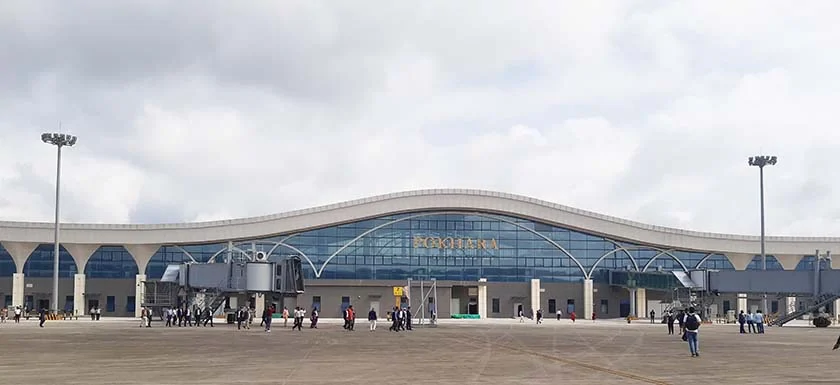
Currently, Gautam Buddha Airport is still facing challenges in terms of passenger numbers. For instance, a FlyDubai flight carrying 161 passengers on Saturday offloaded only 10 passengers in Bhairahwa, with the rest continuing to Kathmandu. This highlights the operational difficulties that Bhairahwa International faces.
Tribhuvan International Airport, which had an annual capacity to serve 8 million passengers before the reduced operational hours, is now expected to handle up to 12 million passengers within the next six months. This increase in capacity is more than double what it could handle previously, reflecting the growing demand for air travel. If current trends persist, air traffic from Bhairahwa may eventually return to Kathmandu within five months. For this to be avoided, effective management of air traffic from Bhairahwa will be essential.
To make Bhairahwa International Airport more competitive, the government has reduced fuel costs, ground handling fees, parking charges, and airport charges, with plans to also waive VAT. These efforts aim to lower operational costs, reduce airfares, and attract more passengers.
The CAAN's regulatory strategy now includes encouraging airlines to "get used to" flying out of Bhairahwa, believing that once larger aircraft start operating regularly there, it will promote Bhairahwa as an alternate air travel hub in Nepal. According to Director-General Pradeep Adhikari, the growing presence of international flights in Bhairahwa has helped raise awareness of Nepal's other airports, which will likely lead to increased air traffic in the future.
Challenges in decentralizing services
Despite the increase in international flights, experts highlight that the biggest challenge facing Bhairahwa Airport is the lack of decentralization of services, particularly in visa processes. Currently, individuals applying for student visas or work visas still must travel to Kathmandu for essential processes such as medical check-ups and biometrics, as these services are centralized in the capital.
The government began issuing labor approvals from each province in January 2023, but services related to employment, including biometric and medical services, are still concentrated in Kathmandu, making Bhairahwa or Pokhara not viable alternatives for many. Although there are some branches of manpower companies outside the valley, they are still mostly focused on bringing people to Kathmandu, rather than providing services locally.

Similarly, for medical treatments abroad, individuals need to obtain a recommendation from the medical board or the Ministry of Health, which can only be processed in Kathmandu. Similarly, visa applications for diplomatic, sports, or research purposes also require direct interaction with embassies, all of which are based in Kathmandu.
Way forward
To reduce the burden on Kathmandu and decentralize these services, aviation industry leaders believe that the government could help make Bhairahwa a hub for labor migration services by setting up necessary facilities and allowing private entities to operate locally. "If the government is willing to take the initiative, we are ready to provide services in Bhairahwa and Butwal without the need for people from the western region to come to Kathmandu," says Rajendra Bhandari, president of the Nepal Foreign Employment Entrepreneurs Association.
By decentralizing services like medical checks, biometrics, and visa processing, the pressure on Kathmandu could be reduced. However, this would require the government to provide some incentives to businesses willing to establish such services outside the capital.
In the meantime, while tourists and business travelers may face fewer hurdles, workers and students wishing to go abroad still face significant challenges. The process of applying for work and study visas continues to necessitate a trip to Kathmandu for key steps such as medical exams, biometrics, and embassy interviews.




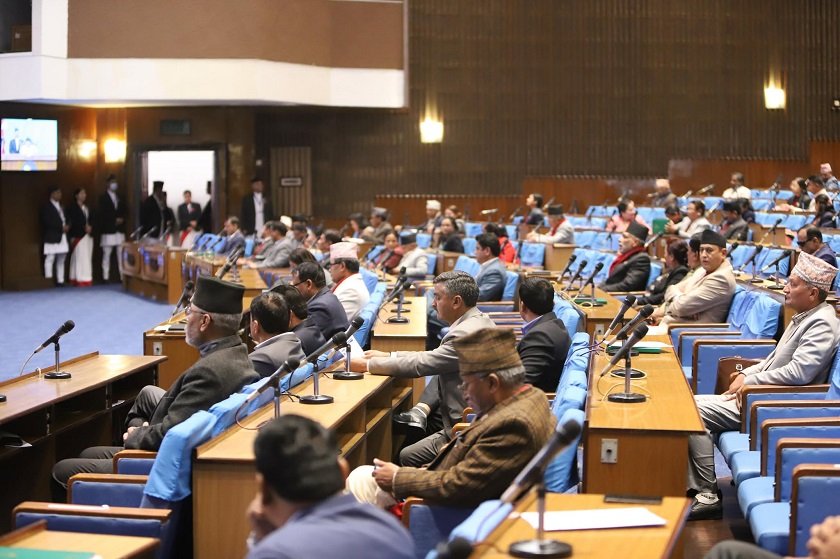
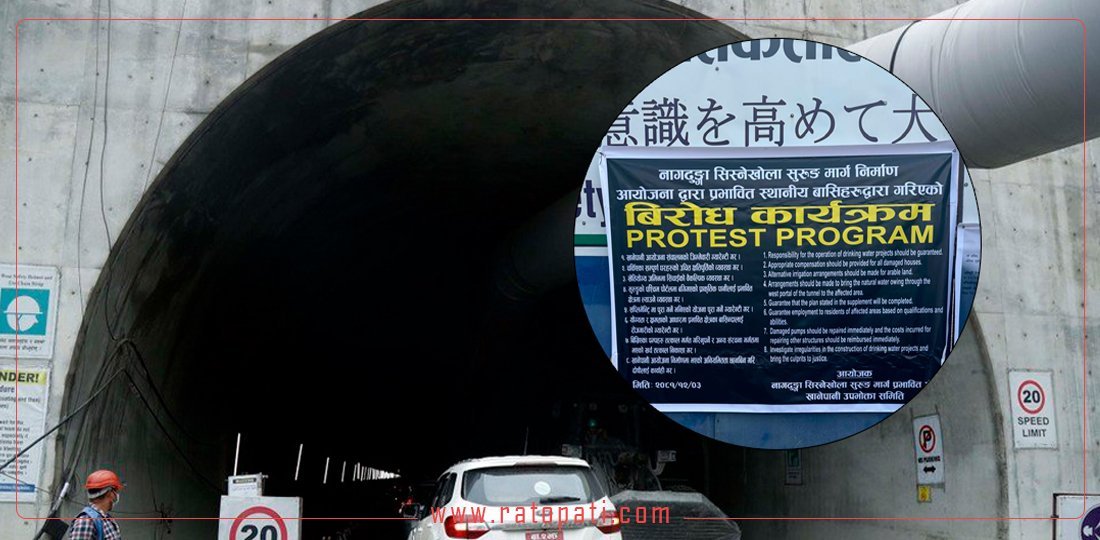

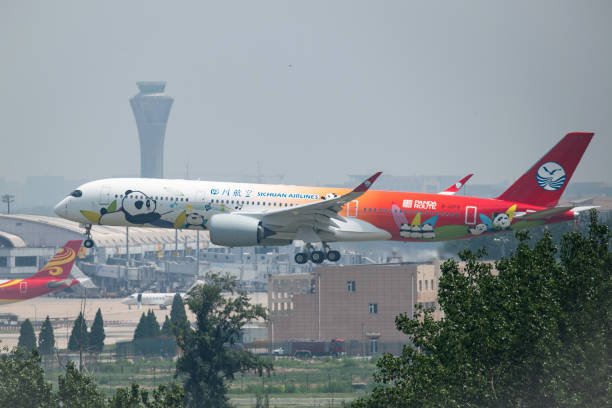
Leave Comment